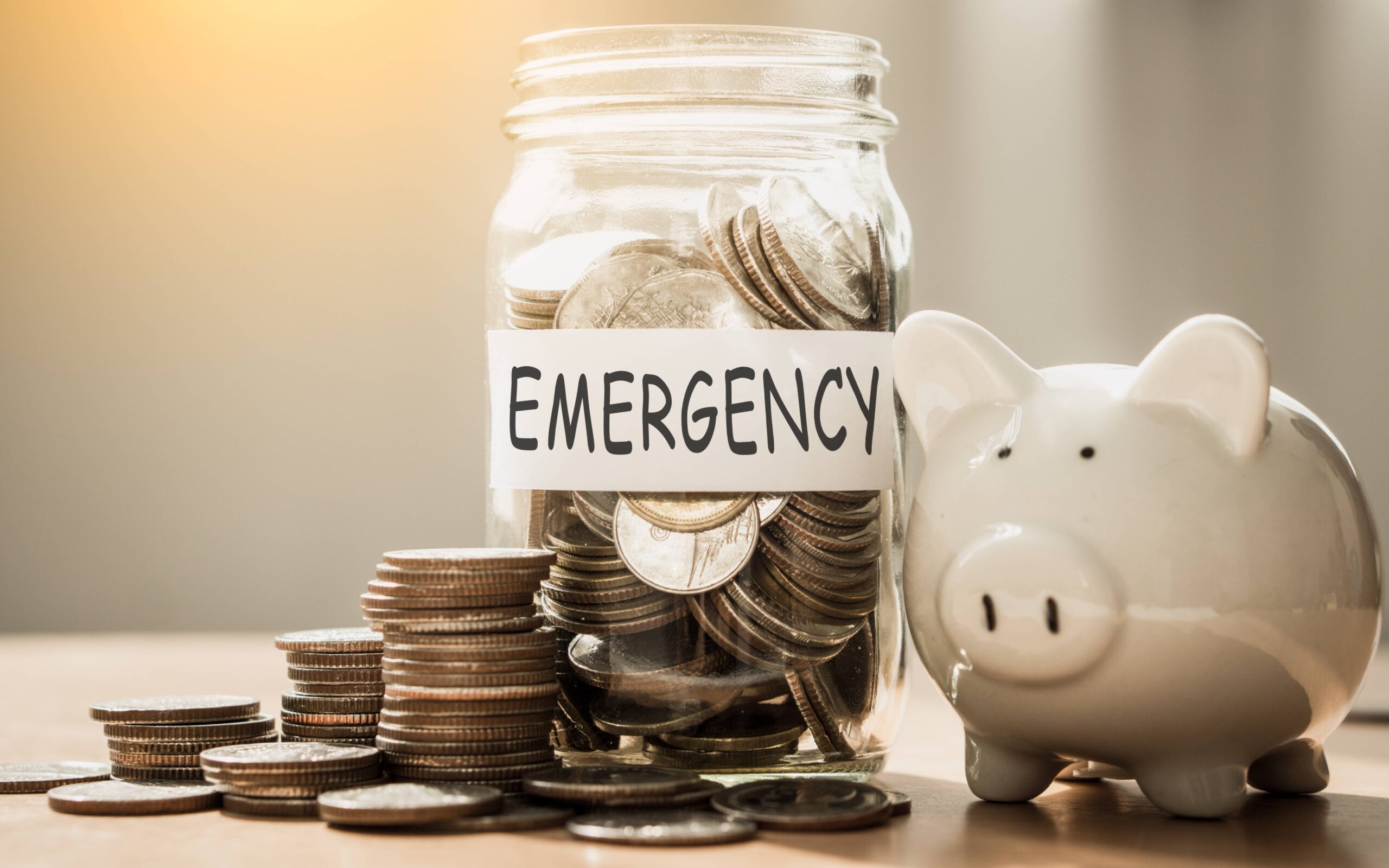How to Build an Emergency Fund on a Tight Budget
Updated: Oct 21, 2025
Life is unpredictable, and unexpected expenses can hit hard if you’re not prepared. Building an emergency fund—even if it starts small—can help you stay financially stable when the unexpected happens.

Why an Emergency Fund Is Essential
An emergency fund is money set aside specifically for surprise expenses, like car repairs, medical bills, or losing your job. It gives you a financial cushion so you don’t have to rely on credit cards or payday loans when life throws you a curveball.
Having even a few hundred dollars saved can make a big difference in an emergency. According to data from the Federal Reserve, nearly 40% of Americans can’t cover a $400 unexpected expense without borrowing money or selling something. By creating an emergency fund, you reduce your risk of falling into debt or missing important payments.
How Much Should You Save?
The standard advice is to save three to six months’ worth of expenses, but that’s not realistic for everyone—especially if you’re on a tight budget. If you’re just starting out, aim for a smaller, more achievable goal like $250 or $500.
Once you reach your first goal, you can gradually build up to $1,000, then one month’s rent, and eventually several months of living expenses. The key is to start with a goal that feels doable, even if it’s just $5 or $10 at a time.
To figure out how much you should aim for, add up your essential monthly expenses: rent or mortgage, utilities, groceries, transportation, and minimum debt payments. That number gives you a better idea of how much you’d need in a full emergency fund if you lost your income.
Finding Extra Money to Save
When money is tight, it can feel like there’s nothing left to set aside. But many people are surprised to find small savings in their daily routines once they start looking.
Start by tracking your spending for a couple of weeks. You don’t need an app or a spreadsheet—just write down what you spend each day. Look for areas where you can cut back, even temporarily. Maybe it’s making coffee at home instead of buying it, reducing takeout, or canceling unused subscriptions.
Try to save found money too. If you get a tax refund, cash birthday gift, or rebate, consider putting at least a portion into your emergency fund. These unexpected windfalls are great opportunities to make a big step forward without affecting your regular budget.
Some people use the envelope method or a separate savings jar to keep physical cash for emergencies. Others open a separate savings account, which makes it easier to avoid dipping into the money unless absolutely necessary.
Making Saving Automatic
One of the easiest ways to build an emergency fund is to automate it. If your paycheck is direct deposited, you may be able to split a portion into a separate savings account automatically. Even $5 per pay period adds up over time and gets you in the habit of saving.
If automation isn’t an option, set a reminder each payday to transfer a small amount into savings manually. Treat it like any other bill—it’s a payment to your future self. The less you have to think about saving, the more likely you are to stick with it.
Apps like Chime, Qapital, and Digit help automate small savings by rounding up purchases or transferring small amounts daily. Some even analyze your spending habits to move money you’re unlikely to miss.
Where to Keep Your Emergency Fund
Emergency funds should be easy to access but separate from your everyday spending money. A simple savings account at your current bank or credit union is a good place to start. Many banks offer free savings accounts with no minimum balance requirements.
High-yield savings accounts from online banks like Ally, Capital One, or Marcus by Goldman Sachs offer better interest rates than traditional banks, which helps your money grow faster over time.
Avoid putting your emergency fund in a certificate of deposit (CD) or investment account where you can’t access the money quickly or without penalties. The main goal is to keep it safe and available when you need it.
Protecting Your Fund from Temptation
It’s tempting to dip into your savings for non-emergencies, especially when money is tight. That’s why it’s important to define what qualifies as an emergency. A true emergency is something unexpected, necessary, and urgent—like a car repair, doctor’s bill, or job loss.
Buying new clothes for a sale or upgrading your phone doesn’t count, even if it feels important in the moment. By having a clear definition, you’ll be more likely to use your fund wisely and avoid draining it for everyday wants.
You can also make it harder to access the money impulsively. Choose a separate bank or credit union that doesn’t link to your checking account, or remove the ATM card for that account from your wallet. Some people nickname the account “Emergency Only” to remind themselves of its purpose.
What to Do After Using Your Fund
If you ever have to dip into your emergency fund, don’t feel discouraged—it means the system worked. The fund was there to help you through a tough situation, and now it’s time to rebuild it.
Go back to your original savings goal and resume contributing regularly, even if it’s just a few dollars at a time. If you had to use the fund for something major, like a car repair or medical expense, it might take a while to rebuild—but that’s okay. What matters is that you start again and make saving a habit.
Final Thoughts
Building an emergency fund on a tight budget isn’t easy, but it’s one of the smartest financial moves you can make. Even small steps can protect you from falling into debt and give you peace of mind. Start with what you can, make it automatic when possible, and treat it as an essential part of your financial plan. You’ll be surprised how quickly it adds up—and how much better it feels to have a backup when life throws you a curveball.

